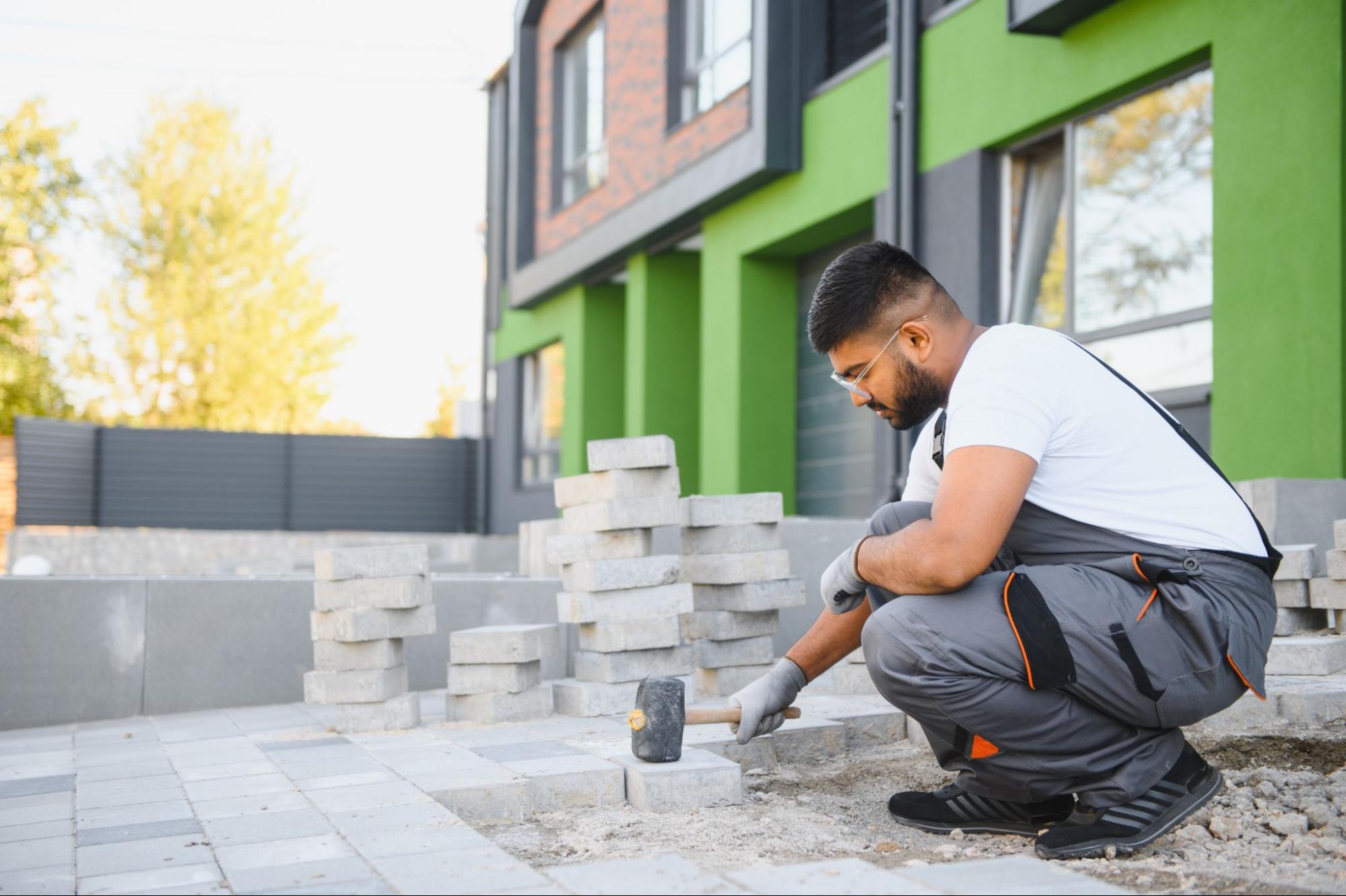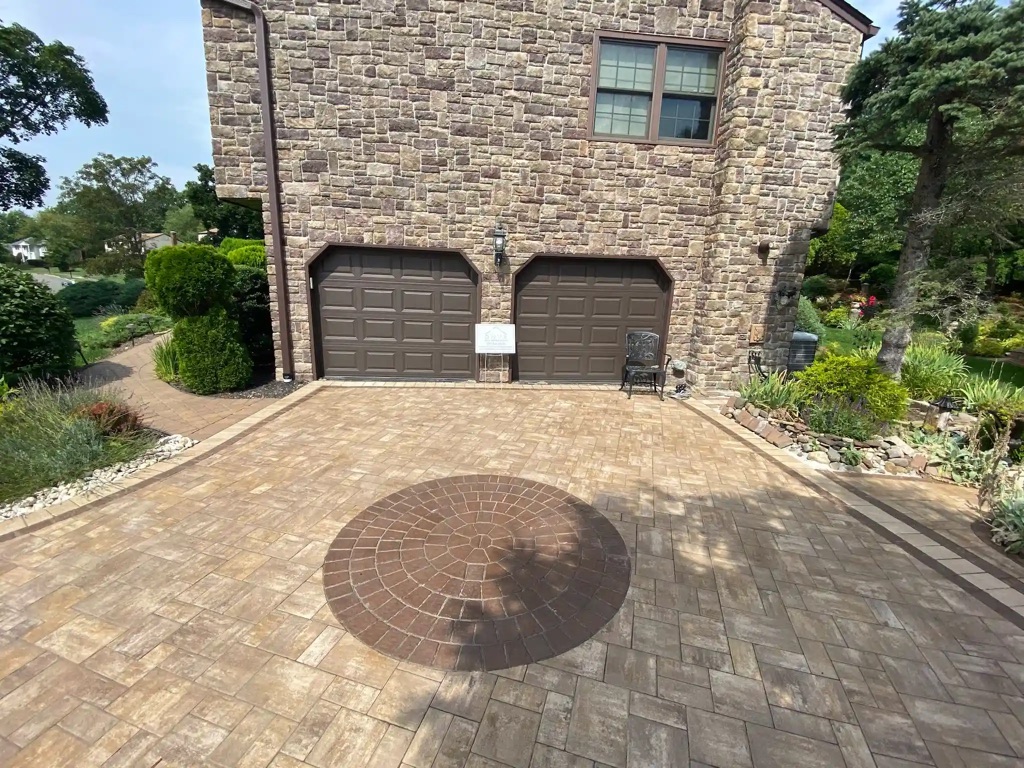
admin
August 19, 2025
The look and feel of brickwork has changed dramatically. What once symbolized tradition now adapts to evolving design demands. Builders, homeowners, and designers are embracing innovative techniques and materials. Brick is about strength, style, efficiency, and identity. As expectations grow, brickwork is stepping up with bold, creative solutions.
Brickwork is evolving rapidly, and staying informed is no longer optional. Design expectations, building codes, and buyer preferences are shifting. What worked five years ago might look outdated or underperform today. Knowing the latest trends helps you build smarter, save more, and stand out from the crowd. It also prevents costly mistakes that come from using outdated methods. Informed choices lead to better results, longer value, and fewer regrets.
Brick isn’t just a building block anymore; it’s a design choice. From texture to technology, it shapes how spaces feel and function. Builders and homeowners alike are rethinking what’s possible with modern brickwork.
Brickwork has entered a creative new phase. Designers use it in both form and function. Sleek, modern layouts are replacing bulky patterns. A fresh wave of brick trends is reshaping residential and commercial spaces.
Traditional brick bonds once followed rigid symmetry. Now, staggered, linear, and stacked bonds are leading the way. These sleek patterns reflect modern architecture and minimalist preferences. Their sharp, clean lines feel more refined and intentional. They pair more easily with glass, steel, or concrete. Many homeowners favor them for their understated elegance.
Red is no longer the default brick color. Today, designers favor grays, blacks, off-whites, and taupes. These tones blend well with industrial and Scandinavian aesthetics. Muted bricks create a calm, grounded atmosphere indoors and outdoors. They also make surrounding textures, such as wood and metal, pop. This color shift is redefining what people expect from brickwork.
Builders are experimenting with vertical stacking and irregular layouts. Asymmetry breaks the monotony of flat walls and creates visual rhythm. These creative placements add personality without cluttering the design. They also introduce a fresh perspective to exterior and interior façades. Architects use them to make even small spaces stand out. It’s brickwork with an edge.
Sustainability is no longer optional—it’s expected. Brickwork is meeting that demand with smarter, greener solutions. From sourcing to performance, every step counts. Materials and methods are changing fast to meet eco-conscious standards.
Reclaimed bricks are now sought after, not just salvaged. Their weathered texture tells a story that new bricks can’t. Reusing them also cuts down waste and manufacturing costs. Many builders prefer them for their character and reliability. They’re a perfect fit for sustainable projects that aim for timeless appeal. Using old bricks in modern ways keeps history alive.
Eco-friendly kilns and cleaner fuels are transforming production. Some manufacturers are transitioning to electric kilns powered by renewable energy, while others are utilizing alternative binders and additives to reduce CO₂ emissions. The result is lower carbon output and more responsible sourcing. These changes make it easier for builders to meet green building codes. It’s progress baked into every brick.
Thermal insulation is no longer an afterthought. Builders now use cavity walls and high-performance mortars. These masonry techniques trap heat in winter and block it in summer, resulting in a more consistent indoor climate and lower bills. Bricks naturally store heat, and smart layouts boost that effect, making brickwork a more intelligent choice in all climates.
Local clay and sand reduce transportation emissions and support regional economies. Bricks made from nearby materials often better suit the local environment. They blend more naturally with native landscapes and historic surroundings. Sourcing locally also helps maintain the unique identities of communities. It’s sustainability that feels personal and practical.
Brickwork is becoming more tactile and expressive. Texture is now as important as shape and color. Builders use rough, smooth, layered, or mixed surfaces to make walls speak. These textures create dimension and personality in unexpected ways.
Tumbled bricks offer a worn, antique look with rough edges. Wire-cut bricks are sharper and more consistent, but still have a textured appearance. Each finish gives a unique touch to the wall’s surface. Designers use tumbled bricks to create cozy, aged charm. Wire-cut finishes bring modernity and precision. Both styles bring character without overpowering the design.
Layering bricks with materials like steel or timber brings visual interest. Contrasting textures highlight design features, such as doorways or corners. Mixing in stone work or glass bricks adds a modern, artistic edge. These blends reflect a tailored, curated style. They also invite customization in both homes and public spaces. More builders now treat walls as canvases for expression.
Brick walls are doubling as art installations. Builders carve or arrange bricks to form patterns, symbols, or reliefs. These designs create focal points in courtyards, entryways, or lobbies. With the proper lighting, they gain even more depth. It’s a trend that bridges the gap between architecture and sculpture. People want walls that tell a story, not just hold up a roof.

Technology is pushing brickwork into bold new territory. Builders combine craft with cutting-edge tools, saving time and opening the door to new styles. Function meets innovation without compromising durability.
Thin bricks cut installation time and reduce structural load. They’re great for remodeling projects and space-limited designs. Panels come pre-attached for quick application. They maintain the look of full brick without the bulk. Veneers are also cost-effective in tight markets. More home improvement contractors are recommending them for modern upgrades.
3D printing is revolutionizing the way bricks are formed. Builders can now design and fabricate unique brick shapes with high precision. This method reduces waste and speeds up construction. Architects have more freedom to create bold, flowing structures. These custom bricks are both efficient and artistic. It’s a game-changer for creative brickwork.
Robotic arms are entering the job site. These machines lay bricks faster and with perfect accuracy. They help complete large-scale projects under tight deadlines. Some systems are even programmable to match specific patterns. This tech doesn’t replace masons; it supports them. It ensures consistency and boosts productivity across the board.
Modern brickwork does more than stand still. It helps buildings breathe, regulate temperature, and stay quiet. Designers are using it to solve real-world challenges with style. Function meets form in powerful new ways.
Sunlight can be an energy source, so it’s not a problem. Brick walls absorb and store solar heat during the day. At night, they slowly release it to warm interiors. This passive heating works best when walls are oriented in the right direction. Combined with innovative insulation, it reduces reliance on heating systems. It’s a natural, cost-saving solution baked into the structure.
Bricks naturally block and dampen sound, making them ideal for shared buildings and urban homes. Builders now design walls with extra depth for acoustic performance. Some include air gaps or soundproofing layers within the brick structure. These features reduce echoes and improve comfort. Quiet isn’t a luxury anymore, but part of good design.
Ventilated brickwork offers both airflow and protection. Walls with gaps or perforations allow for natural cross-ventilation, keeping interiors cooler without the need for mechanical fans. These screens are standard in hot climates where airflow matters. They also double as decorative façades with bold shadows. It’s a smart design with a subtle style.
Many of today’s brickwork trends are shaped by location. Climate, culture, and history all influence the use of brick. Builders are reinterpreting local traditions with modern tools and ideas. These regional approaches blend familiarity with innovation to meet today’s demands.
In Northern Europe, minimalist brick designs are synonymous with performance. Scandinavian homes utilize muted brick colors and tight bonds to minimize heat loss. Subtle patterning reflects the region’s love for clean lines. Builders often combine brick with raw timber for balance. These spaces look calm but function with high efficiency. It’s a style deeply rooted in survival and comfort.
Southern Europe favors earthy tones and rugged textures. Brickwork often includes tumbled bricks, clay tiles, and curved forms, reflecting centuries of adaptation to heat and humidity. Walls are built to breathe and stay cool during the day. Today’s builders update that approach with ventilated façades and thermal massing. The old-world charm stays intact while the performance gets smarter.
Brickwork has to work harder in dense cities. Builders utilize thin bricks, ventilated systems, and clever layering techniques to maximize space. Brick cladding is popular for transforming outdated exteriors without complete demolition. Acoustic insulation is also more critical in shared or multi-use buildings. These urban adaptations demonstrate the flexibility and scalability of modern brickwork. It’s not just style but a strategy.
Modern brickwork does more than look good; it works hard. It’s brighter, greener, faster, and more creative than ever. From texture to technology, every shift adds value to your space. If you’re building new or upgrading old, now’s the time to rethink how you create with brick.
From timeless builds to bold upgrades, the Onyx Home Improvements blog has it covered. Start browsing now.
Tags:
Latest News
Recent News & Articles